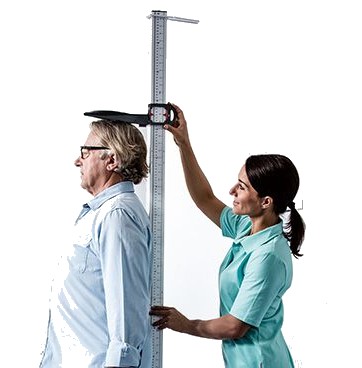Stadiometers and Height Measurement Devices

This collection of stadiometer, height measuring devices and infantometer anthropometric instruments are all for measuring stature.
A stadiometer is a tool used for measuring a persons height. Stadiometers are often found in clinics, schools, or hospitals. They are normally used for a regular medical checkup, but are also used for other tests and research studies. Most stadiometers will feature both centimeters and inches, but the measurement range can vary. In some models, the headpiece can be locked in order to record accurate measurement.
Whether you are a healthcare professional, a fitness enthusiast, or a parent keen on tracking your child’s growth, our goal is to provide you with comprehensive information, reviews, and tips on the best stadiometers available in the market.
Why Accurate Height Measurement Matters
Types of Stadiometers
Choosing the Right Stadiometer
Top Stadiometer Brands
We provide detailed reviews and comparisons of some of the top stadiometer brands, including:
- Seca: Known for their high precision and durability, Seca stadiometers are widely used in medical settings.
- Health o Meter: Offering a range of models from basic to advanced digital stadiometers, Health o Meter caters to both professional and home use.
- Detecto: With a reputation for robust construction and accuracy, Detecto stadiometers are ideal for busy environments.
How to Use a Stadiometer
Using a stadiometer correctly is essential for obtaining accurate measurements. Here are a few steps to follow:
- Set Up: Ensure the stadiometer is properly assembled and placed on a flat, stable surface. If it is wall-mounted, make sure it is securely attached to the wall.
- Positioning: The person being measured should stand straight with their back against the stadiometer, feet flat on the floor, and heels together.
- Reading: Lower the headpiece gently until it rests on the top of the head. Ensure it is level and not tilted. Read the measurement at eye level.
- Record: Note the height measurement accurately and reset the headpiece for the next use.